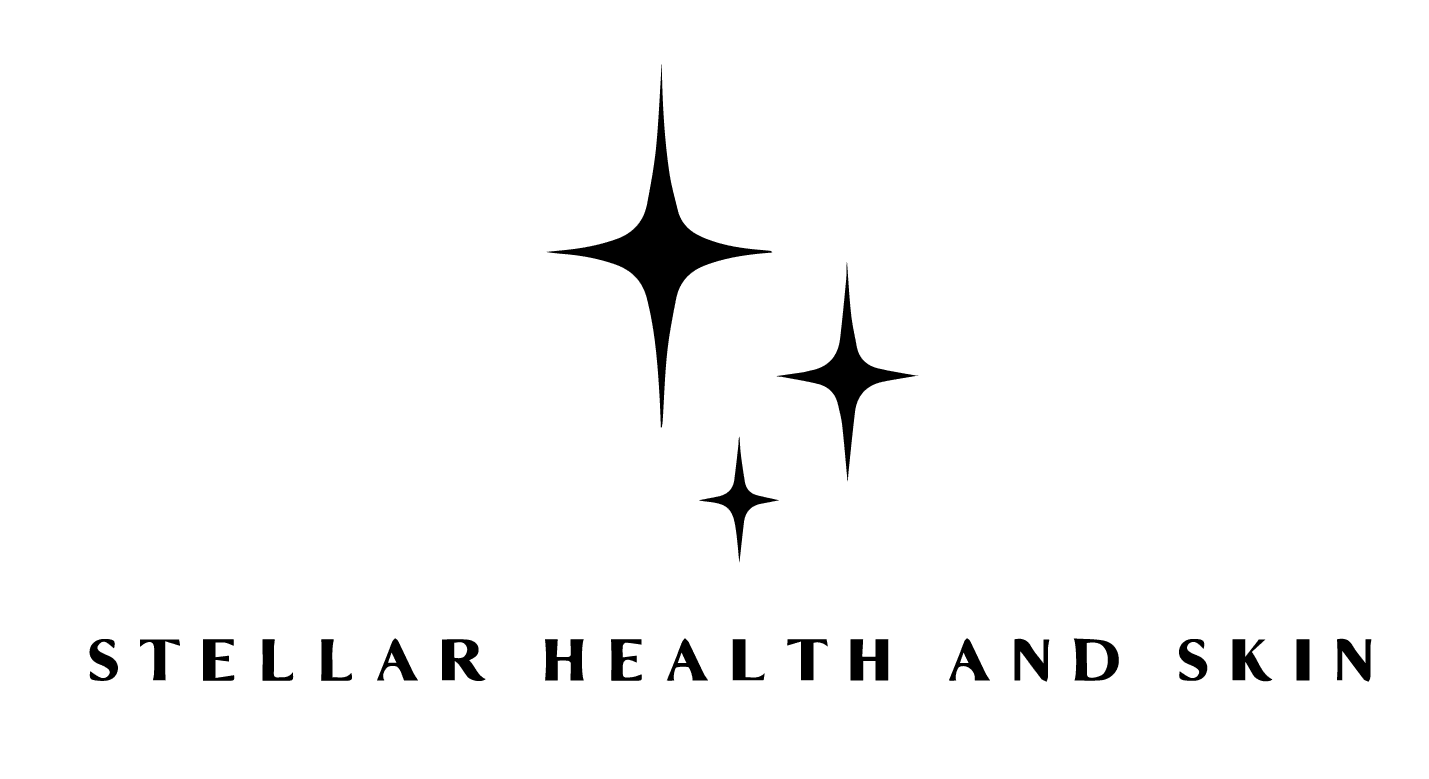Efficiency of Microneedling for Various Types of Stretch Marks
Stretch marks are common skin markings that many people across different nationalities and races may experience. While it is not harmful, they can make people feel self-conscious about their appearance. Surgery can disappear these stretch marks but may prove a bit risky and expensive. Moreover, the recovery time for surgery can be quite long. Creams and lotions often don’t work well with stretch marks. However, a treatment called microneedling may help minimize the appearance of stretch marks without surgery or costly procedures. Let’s find out the effectiveness of microneedling for stretch marks in this guide.
Understanding Microneedling for Stretch Marks
Stretch marks are lines on the skin that vary in size and color. They often appear on areas like the thighs, buttocks, and stomach. Unlike other treatments, microneedling works by helping the skin make more collagen, which can improve the skin’s appearance. A handheld device with tiny needles creates small injuries on the skin’s surface which further trigger the body to start healing itself naturally.
Types of Stretch Marks
Firstly, before we look into whether microneedling for stretch marks works effectively or not, we must know the different types of stretch marks. They are explained below.
Striae Rubrae (Red Stretch Marks): These stretch marks appear red or pink due to inflammation and increased blood flow. They tend to be raised with itching and sometimes irritations may be experienced by the patient.
Striae Albae (White Stretch Marks): With time, what was once a red stretch mark may turn into white lines that have a silver hue when light reflects off them. These are called striae albae and are associated with reduced blood supply into scar tissue as well as less collagen production thus making them flatten out like atrophic scars do.
Striae Gravidarum (Pregnancy Stretch Marks): Often seen in women who have experienced pregnancy. These marks can develop anywhere from the belly down through the thighs while the skin is getting stretched due to an increase in the size of the baby women are carrying.
Striae Atrophicae (Atrophic Stretch Marks): These are thin and flattened stretch marks on the skin’s surface that often occur after rapid weight loss, certain medications, or hormonal changes.
The Efficacy of Microneedling for Stretch Marks
Microneedling has become a popular method of treating various skin conditions like stretch marks. Its ability to stimulate the production of collagen and elastin makes it most effective in improving the texture, elasticity, and overall appearance of the skin. Here is how it works for different types of stretch marks:
Red Stretch Marks (Striae Rubrae)
Microneedling for stretch marks could be remarkably efficient when it comes to getting rid of red marks. This process promotes collagen production by improving the blood flow into affected areas hence speeding up healing. Patients, with this treatment, may experience the disappearance of redness and swelling shortly. Furthermore, controlled micro-injuries caused by this treatment stimulate the growth of new skin cells, resulting in a much more polished and homogenous texture on the skin.
White Stretch Marks (Striae Albae)
Although they are more challenging to treat than other types, microneedling can still help with white stretch marks. This works by causing controlled damage to the skin which in turn triggers the body’s natural healing process and leads to new collagen and elastin formation. Consequently, this fills in sunken areas left by these scars thereby smoothing out the skin surface texture over time.
Pregnancy Stretch Marks (Striae Gravidarum)
Microneedling can be used as an effective and safe remedy for stretch marks during pregnancy. This offers women who are expecting and those who have given birth a chance to have their skin texture and tone improved without having to undergo surgery. The method achieves this by stimulating the production of collagen while encouraging regeneration of the skin thus making it possible to fade abdominal, breast, hip, and thigh stretch marks.
Atrophic Stretch Marks (Striae Atrophicae)
Atrophic stretch marks can effectively be treated with microneedling treatment. This procedure creates controlled micro-injuries that trigger collagen and elastin production that fill depressed scars and correct skin texture. Persons with atrophic stretch marks can witness visible changes in their skin appearance after conducting regular microneedling sessions leading to elevated levels of confidence and self-image improvement.
While understanding the efficacy of microneedling for stretch marks or scars of various types, it is clear that this procedure works almost similarly for each type of stretch mark in the human body. It triggers collagen and elastin production by creating small wounds which eventually activate the natural healing process and cause the reduced or disappeared stretch marks.
Suitability for Microneedling & Procedure
Microneedling for stretch marks is a suitable treatment for most healthy adults. Skin type or depth of stretch marks usually does not affect eligibility. However, pregnant individuals or those with active skin infections should wait until it is medically safe to proceed.
During the microneedling procedure, a numbing cream is first applied to the treatment area. This ensures patient comfort throughout the process. Next, the microneedling pen is methodically moved across the skin for around 20-30 minutes. In some cases, medical doctors may choose to enhance the treatment by infusing hyaluronic acid, stem cells, or platelet-rich plasma (PRP), depending on the skin condition or requirement.
Takeaways
Microneedling stands to be an effective treatment for stretch marks for several individuals who want to make their skin better without going through surgery. You may have any type of stretch marks including the red ones but microneedling can help minimize those by stimulating collagen formation. Microneedling also has a short recovery time after its application. This means people can carry on with their normal activities shortly while they wait for the positive outcome to appear.
